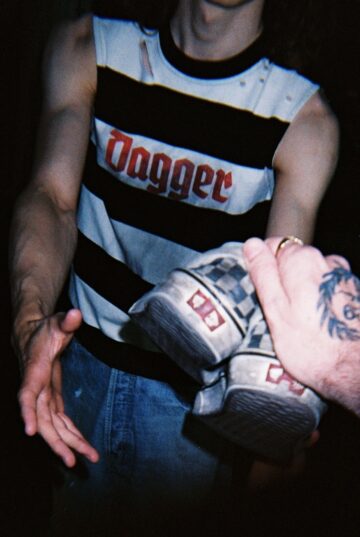
DAGGER & Moritz Iden: Two upcoming brands to watch from RAUM.Berlin
RAUM.Berlin was one of the highlights of Berlin Fashion Week SS26 – an immersive…
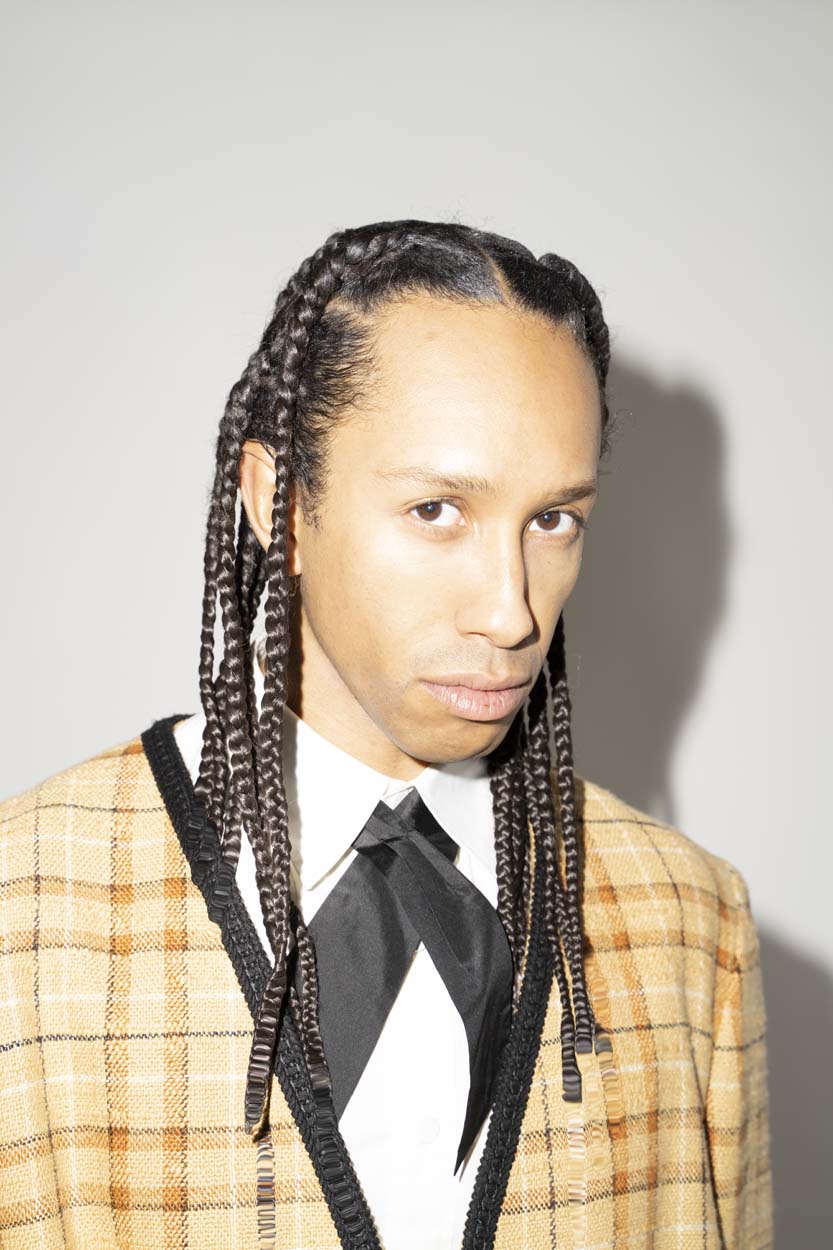
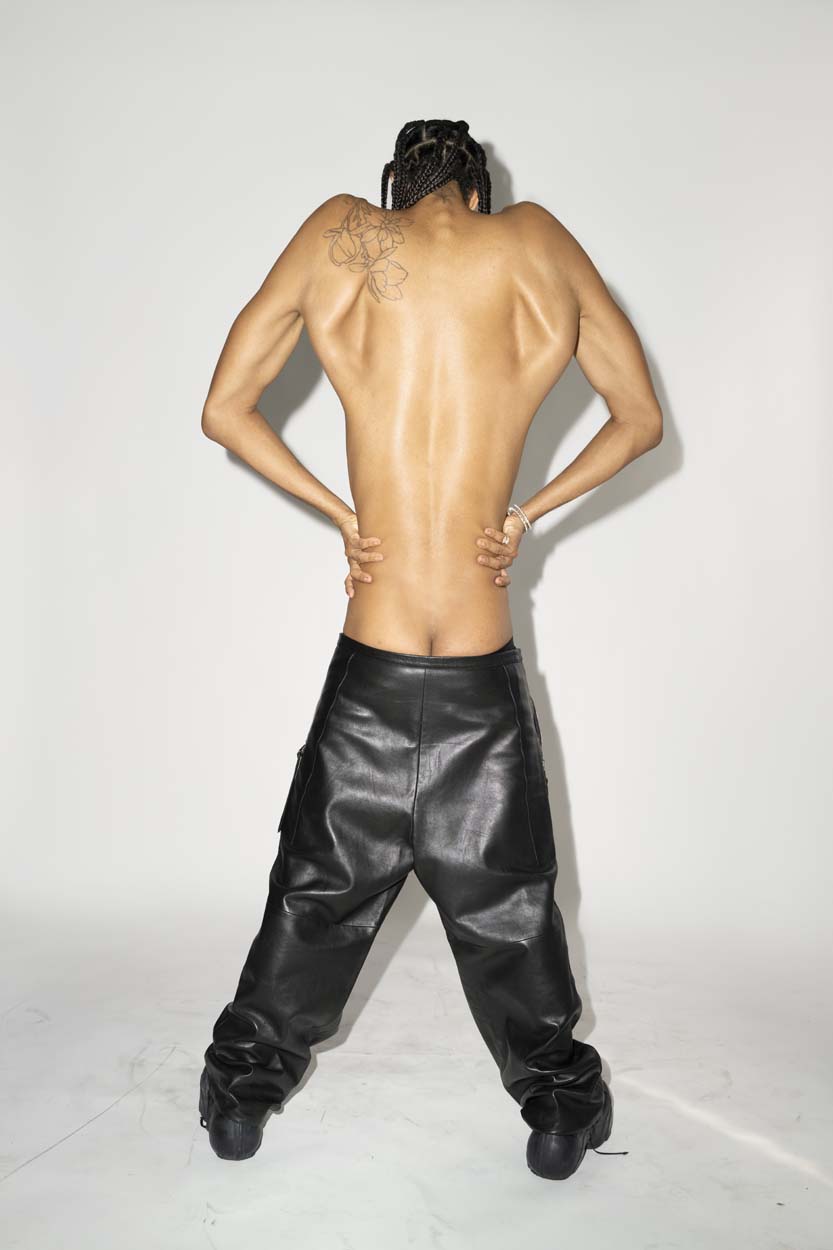
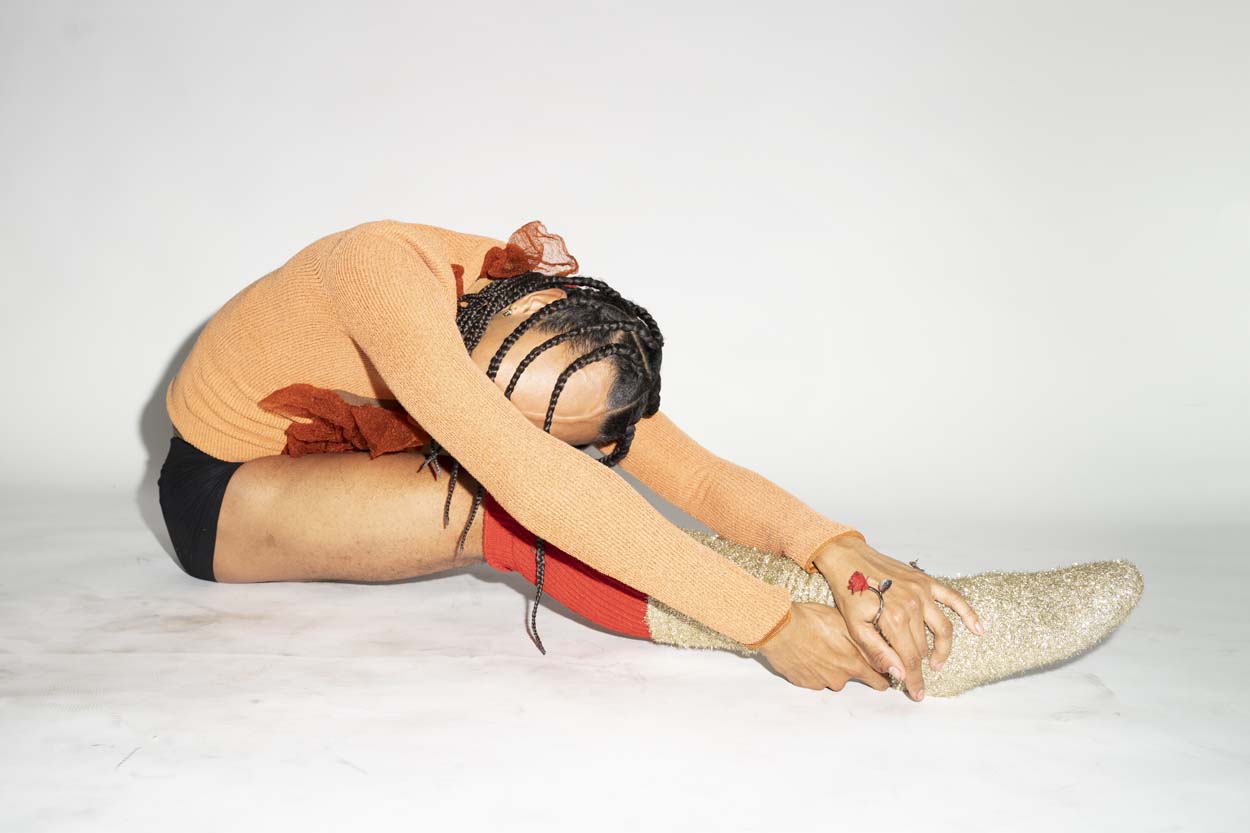
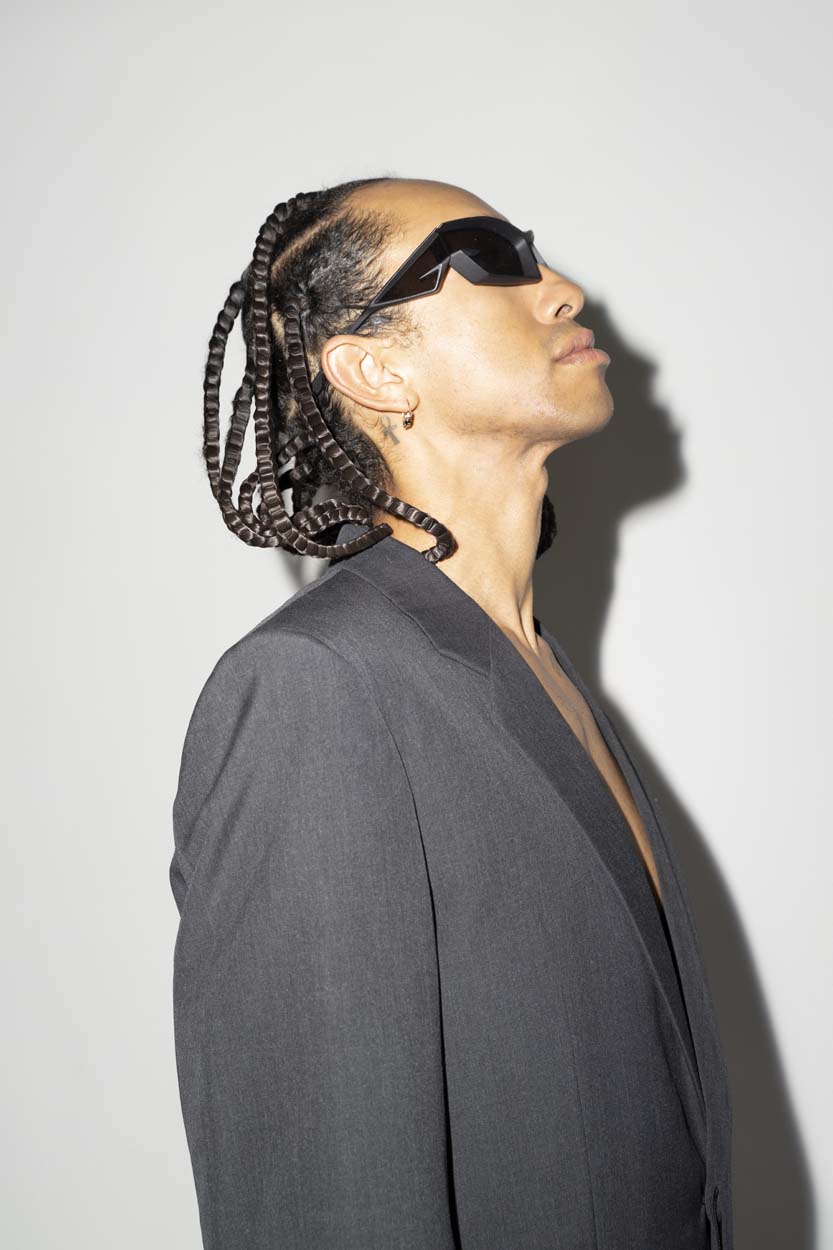
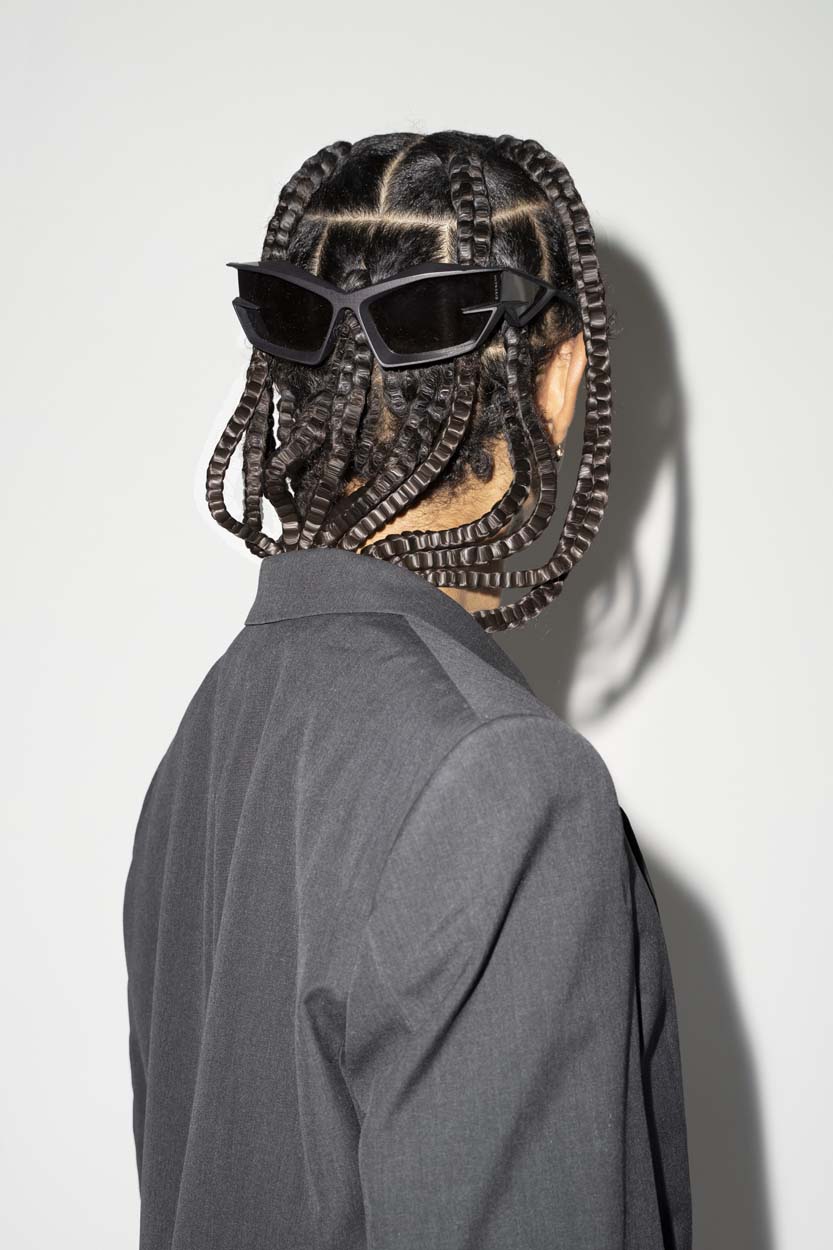
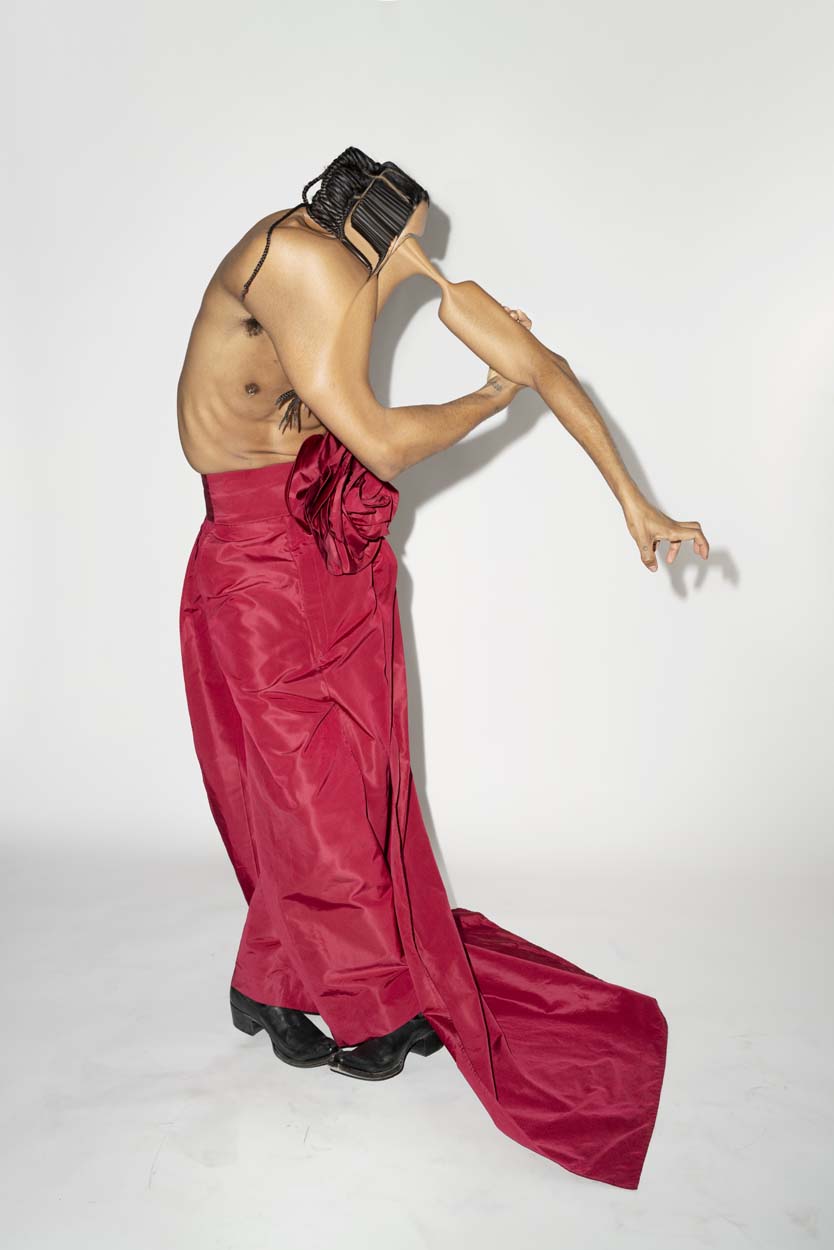
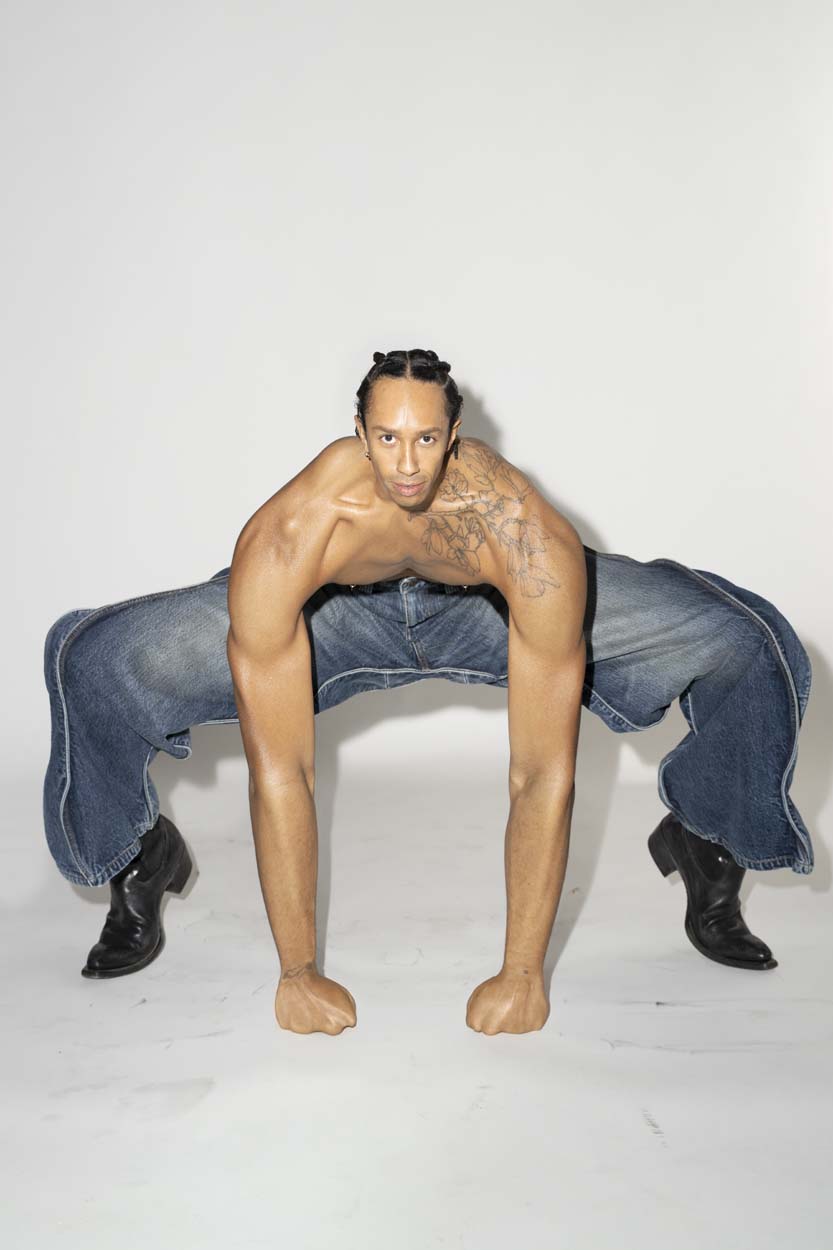
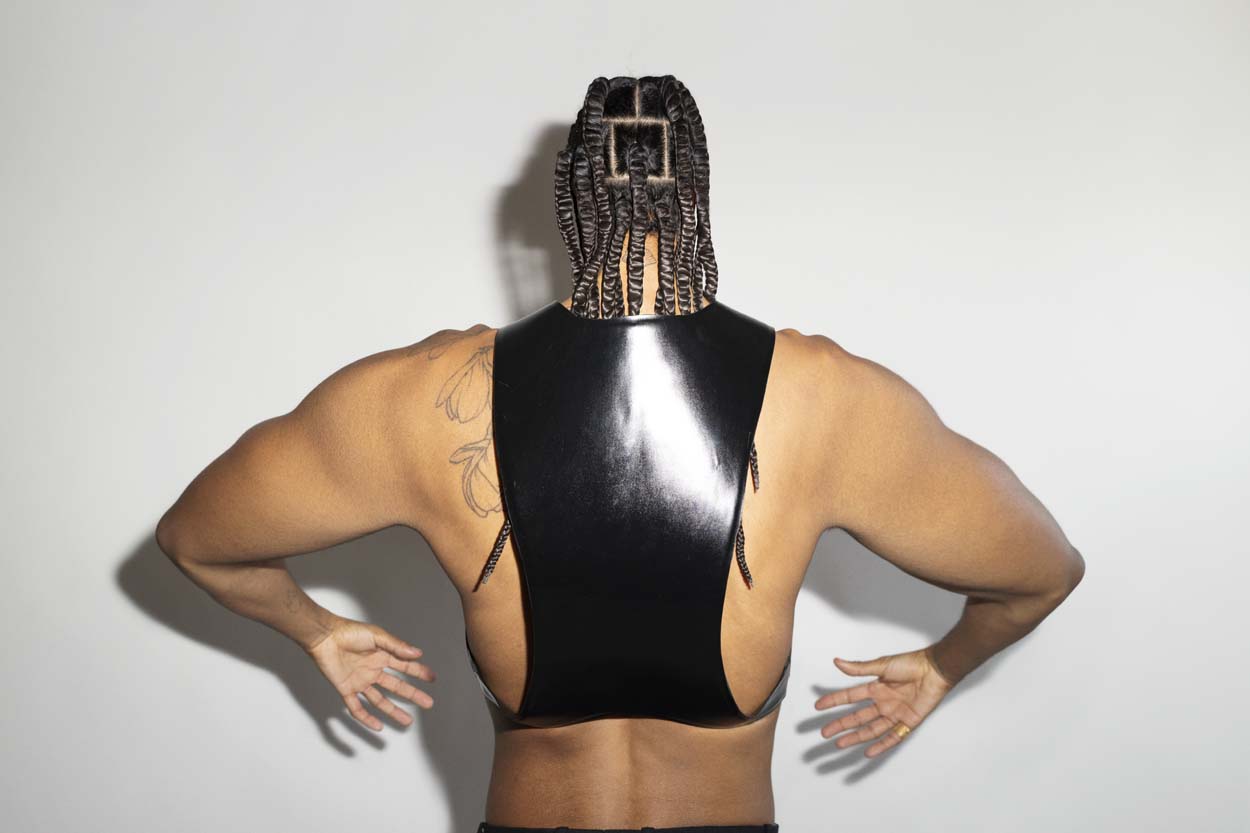
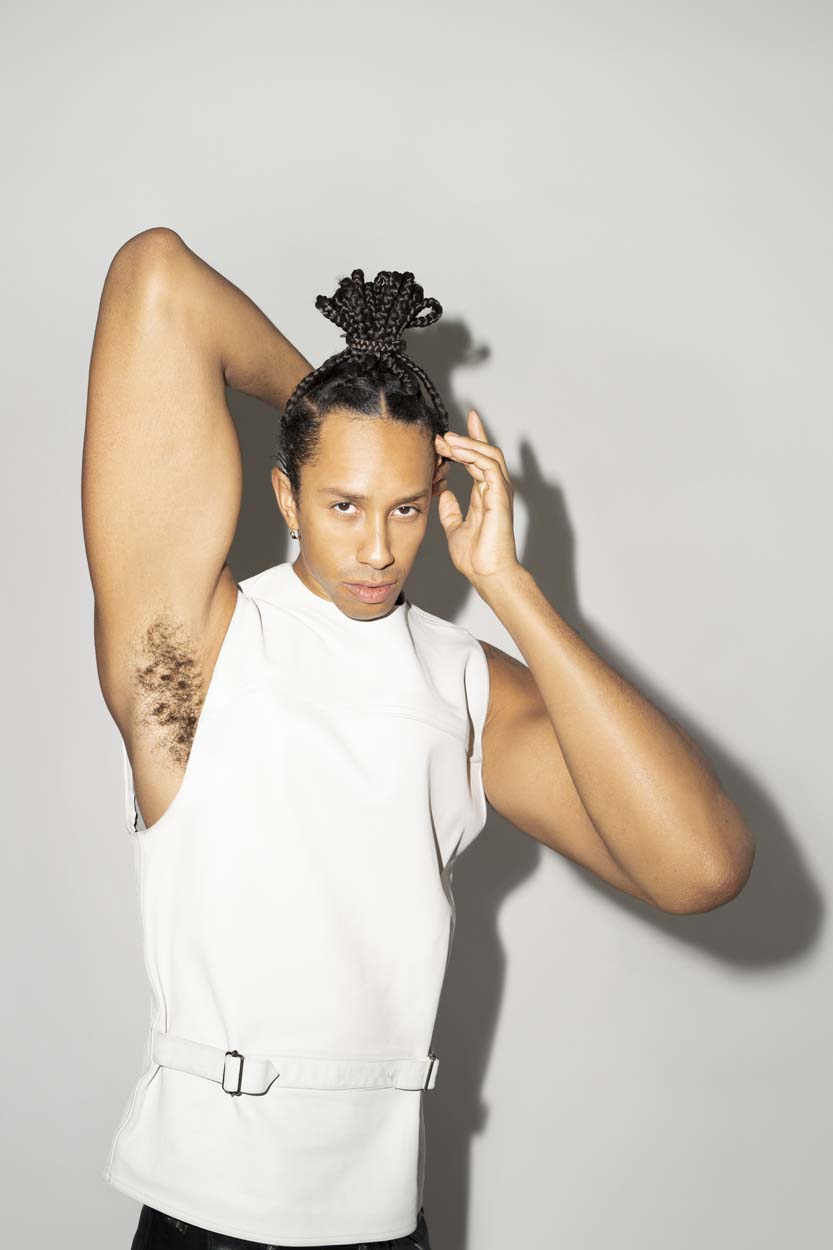
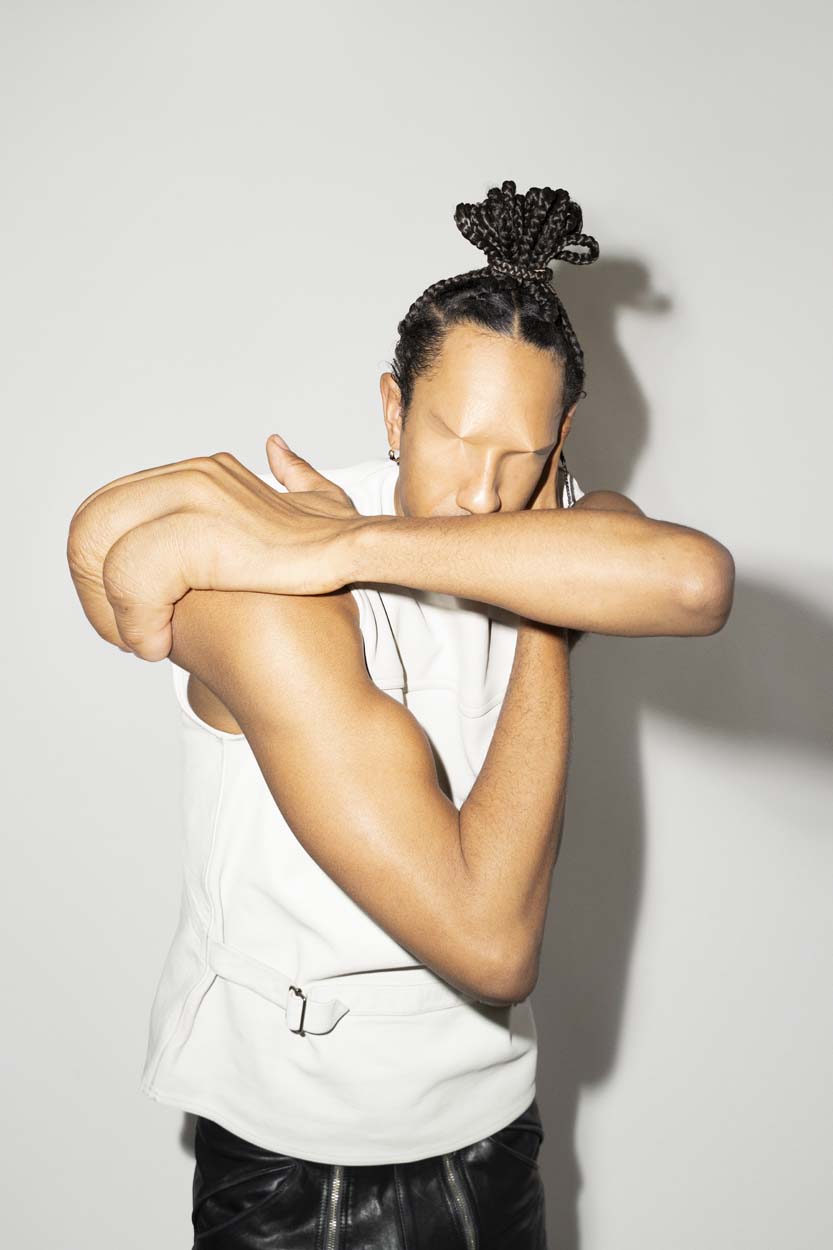
“The beauty of performance is that it’s very immediate. The effects on your body and on the audience’s body are instantaneous, and then they’re gone. It’s like setting something on fire with gasoline.”
When we met him on Zoom, Miles Greenberg was lighting up some incense while drinking his green smoothie. You can tell he’s very aware of what he’s doing and when. How he phrases his sentences and talks about his practice as an artist. Later, he mentions that he hates being called a performance artist. Starting performance very soon after leaving school, Miles quickly realized how the body can be utilized as material. How to work with it, and also how to prepare it for these extreme situations. Since then, he has seen the world’s great institutions, performing at the Louvre and elsewhere. Miles’ long-running performances are no simple matter. In his inward-looking practice, he asks questions about the human psyche, how our nervous systems work, and what happens to emotions when they extend over a long period of time. Now, oscillating between long durational performances, sculptures and videos, Miles is on his way to becoming a rising star in the art world. In the conversation, he talks about early childhood memories, how Marina Abramović’s performances influenced him, and why he refuses to look at the audience.
“Seven hours is an excellent amount of time for trial and error, because you’ll probably get it right enough times that it ends up being good overall.”
Miles Greenberg: I’ve wanted to be an artist as long as I can remember. I started working in performance because I was introduced to it through my mom. At a certain age, I decided to leave school to pursue my art career. And upon doing that, I realized that I didn’t really know how to do anything – I hadn’t learned how to paint properly. I hadn’t learned how to sculpt. I couldn’t really draw well – But my body was something that I had available to me, and it was something I was deeply fascinated by. Every time I wanted to sculpt or paint or draw, I kept coming back to the body and representations of the body over and over. I was much more interested painting or sculpture as evidence of the body or the action that made it. It made sense to use it as the subject. I’m not a very patient person when I work, and I have a very short attention span. The beauty of performance is that it’s very immediate. The effects on your body and on the audience’s body are instantaneous, and then they’re gone. It’s like setting something on fire with gasoline. It’s sort of how I came into my practice and now I’ve started to branch out of performance into video and then eventually sculpture, but everything’s still firmly anchored in the performance practice.
“For me, there are three phases of an artwork: the ideation, the manifestation and the decay.”
I’m from Montreal, but my mom was an actress in the theater when I was a child, so I grew up on a tour bus with a Russian absurdist theatre troupe. My earliest memories are handing out fliers on the street at my mom’s show and her screaming on stage wearing a nude fat suit with severed limbs and a bald cap under an upside down cross with a prosthetic ear on her forehead. This was in Edinburgh. That was my very early childhood; I just never went to daycare. Then she brought me, when I was probably about 12, to New York to see Marina Abramović’s The Artist Is Present. That was one of the key moments that taught me I already had the tools internally available to me to do whatever I wanted to do. And then there were other people I was really fascinated with, a number of artists who worked in performance or in the downtown New York scene with absolutely the bare minimum in the 70s. That was my reference point when I started to do performance experiments in random bars and clubs and D.I.Y. spaces in Montreal.
I didn’t sit in front of her because the line was very, very long. But the idea of a space where you’re able to see a performance like a sculpture, where you are invited to attribute your own temporality to the experience rather than sitting in a theatre seat, was totally revolutionary for me. It fulfilled a lot of desires I had that didn’t feel met by theatre. I remember that there was this stone slab at the end where you could lie down, that no one was really noticing. I remember being alone in the room, lying down on this thing, closing my eyes, opening my eyes again and there was a queue of 20 people in front of me. I had no idea what happened, what I thought was 30 seconds had been about probably 30 minutes or so. I didn’t know what that feeling was, but I decided that somehow, some way, I’d find a way to get back to that space through my work.
Not really. But I try to figure it out every time I make something. That’s the most fun part about working in performance. You unlock a secret during the duration of it. And it’s an extremely poetic secret which you forget as soon as you leave that space. And you have to do it over and over again to remember. I make sculpture and video as well, so I really don’t like being labelled as a performance artist, but performance stays at my centre.
I met her when I was probably about 17, a few years later. And we became friends. Marina is an incredibly decisive person. I remember her giving me instructions early on. I think there’s a certain generation of artists who have that decisiveness and younger artists should understand that the quicker you can make a decision about an artwork or about any kind of creative idea, the better it is. Learning that kind of faith in impulse, that unconscious knowledge is key. And Marina is a wonderful, extremely generous human being.
When you’re performing for seven, or twelve, or twenty-four hours, it’s not an option to think about time. You need to let go of time. When I’m performing, I have to decide that whatever it is I’m doing in that very moment is the last thing that I’m ever going to do. During Oysterknife, when I was walking on a conveyor belt for twenty-four hours, I told myself: I will walk until I die. For the rest of time. I know that that’s physically impossible, but I have to convince myself that I might die right here, and be okay with that. You have to completely relinquish, throw your hands up to God and say: This is it. This is absolutely everything. And once you do that, you strike gold.
“The body tells its own story, especially if you’re not too well prepared.”
I’m not saying that I succeed at all. Seven hours is an excellent amount of time for trial and error, because you’ll probably get it right enough times that it ends up being good overall. I also love having these long durations to try new things. And when you look back at the documentation from 7 or 8 hours, there are all these key moments where you swing and you hit. Looking at them in a timeline tells the story. I avoid intentional narrative in my work because it’s not theater –– the narrative happens completely on its own. I used to really rebel against this idea of storytelling, or anything too theatrical. But now I’m realizing that even if I run away from it, the body tells its own story, especially if you’re not too well prepared. People often ask if I meditate before my shows and I don’t. When I’m performing, I sometimes go in and out a lot. I’ll fuck up. For me, the poetry of durational performance comes in those waves that are natural to the human psyche. It’s almost like extracting some kind of DNA from a person watching them inside of an 8-hour piece because it strips away all of the artifice. The way that the body sometimes fails to gravity or exhaustion, when you’re not able to control it anymore, it says a lot about who you are.
100%. Even in stillness, there is a lot of movement. When you’re standing still, you’re negotiating gravity in every direction. When you’re walking, you’re just falling forward and preventing yourself from collapsing with every step. There’s no deliberation in the movement. It’s just natural. Autonomic.
My work isn’t meant to be interactive. It’s just not what I do. I came up with the contact lenses as a way of enforcing that. I came up with it while I was living in France. France has a very fraught relationship with its colonial history. French people are really scared of being accused of racism, because deep down, they know they’re among the worst of the worst. They’ve made it illegal to take an ethnic census, so there’s this sort of nationalized colorblindness. They feign this egalitarian society, but that’s totally fake. While I was living there, I found that using Black bodies in my work often made white people quite uncomfortable, because Black bodies are imbued with deep-seeded notions of subjugation, and they feel this intense pressure to prove a neutrality which they don’t have. There’s a huge cognitive dissonance. Meanwhile, I’m not talking about race at all. My work isn’t about challenging the white gaze, but by the sheer nature of my body, it became an inescapable side effect. So, this is where the contact lenses come in. They feel like something of a reclamation of my own corporal neutrality. It protects the performer from that tension and allows them to focus on what the work is about. The lenses also protect the audience from an interaction that would obscure their understanding of the work. The viewer can look at these bodies as pure form, up close free from self-consciousness. Then of course there’s the internal experience of being blinded in the performance, which really does heighten all your senses.
Sure, you feel the energy in the room. But I think it’s better to protect both the audience and the performer from that direct gaze. I’d just rather not see people. When you’re temporarily blinded, you’re only reacting to your own internal universe.
Fear is incredibly important. I’m heavily fascinated with using these short-lived emotions, like a panic attack or an orgasm or ecstasy. Those extreme hyper-sensations and enormous feelings that we have for somewhere between 30 seconds to 10 minutes, I’m interested in seeing what happens if you extend them over a long duration. How would that emotion evolve? What if we could put those reflexes back through logical reasoning and sit with them and sort of see what happens to our bodies? I’m thinking of it from a very scientific, anatomical/physiological point of view. The way that our bodies take care of us with this dance between the sympathetic and the parasympathetic nervous systems, to go somewhere for survival and then bring us right back to neutrality. I want to override that and see what kind of secrets lie behind it. If you stay with fear for 7 hours, you end up somewhere totally different. It’s very hard to describe because it’s something that we don’t really have language for.
The question is if you can prevent them from going away; if you can try to hold on to them and see how they develop. The minimalist approach is stripping away as much as possible from the staging of an idea in order to really see the truth. It’s like preparing a petri dish, introducing this one feeling, like a bacterium; I put it in this isolated container with my own poetic spin, and then watch it develop and grow. I want to see the patterns that it forms when it’s given nutrients and time to expand over many, many hours.
Not really often. I don’t even know what I’m getting at until I do it. I know what sort of general feeling it is, but I don’t really know what I’m talking about until I’m actually up in front of the public. So, there’s nothing really to practice. I don’t know whether I can physically do something until I do it, either. I just try to stay healthy and fit, I train and that’s how I can be prepared for anything. So far, it’s worked out for me.
I make sure that I’m ready for anything. I’ll have a very specific kind of diet and a very specific exercise and stretching regimen for about three weeks to four months leading up. An hour in the sauna daily, cryo, various vitamin infusions and treatments. But I don’t rehearse.
Absolutely. I have OCD, so my whole life is made up of rituals. Suddenly, I feel like if I don’t do this one thing, the world is going to end. I have no control over that. I feel like my practice is just a way of sublimating my OCD into something that is in some way poetic. Ritual plays a very constant role in my life in that way.
I’ve made five sculptures so far, and all five of them are named after Greco-Roman mythology. I work with this sort of scanning technology that creates a lot of unpredictable forms. There is Narcissus, Orpheus, Icarus, Mars and Janus, I name them after the shape they take. I think it’s my way of saying that performance isn’t parallel to art history. It’s not some sideshow or inspired by art history. It’s central to art history just as much as any contemporary painter or sculptor is. I’m not going to stand here and say that I’m Bernini or Delacroix, but I’m definitely their great, great grandchild in the same way that all of these other contemporary artists are. We are standing within the same lineage. It’s important for people to understand that just because someone works in a medium that’s not necessarily seen as conventional even to this day, it doesn’t mean they’re not part of this global, multigenerational conversation.
Every artwork should necessitate the medium that it’s made in. People working in VR and AR and any sort of digital media, when something should or could have been just a video or even an image, just to show your technical prowess is just this sort of machismo that is kind of arrogant. When I’m doing something, I always try to be mindful of whether something is necessary.
I want to go deeper into sculpture, for sure. I want to make bronze. That’s my dream.
There are some big performances coming up. Not a lot to talk about yet. Right now, I’m also just working on building out my studio enough to keep going deeper into sculpture. And I want to read more.

RAUM.Berlin was one of the highlights of Berlin Fashion Week SS26 – an immersive…
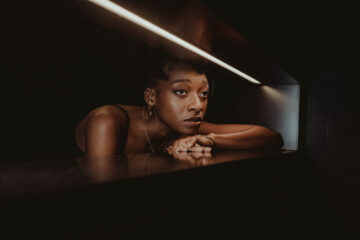
On being brave: Numéro Berlin spoke with Little Simz about her freshly released sixth…
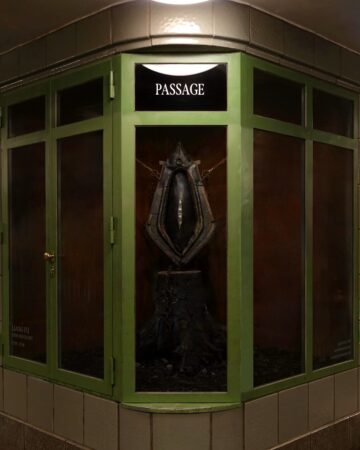
With his latest installation "SPINE BOUNDARY" at Hermannplatz, Berlin, Chinese born Artist…